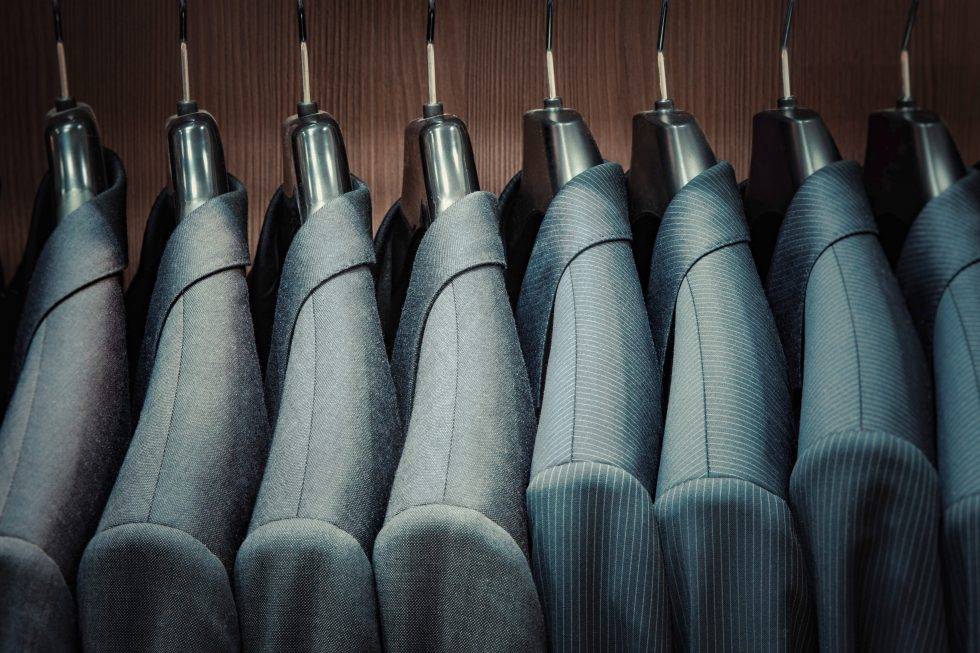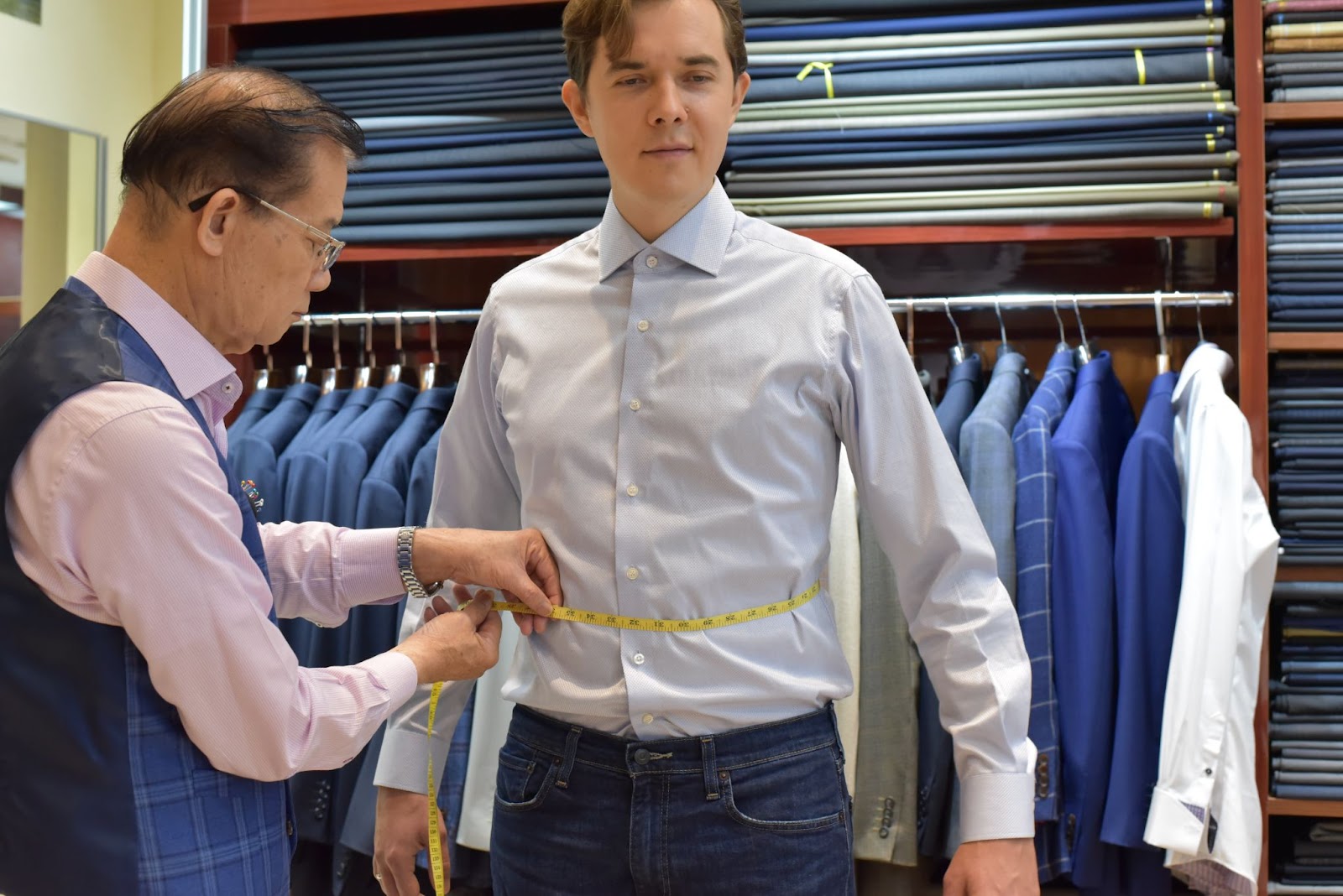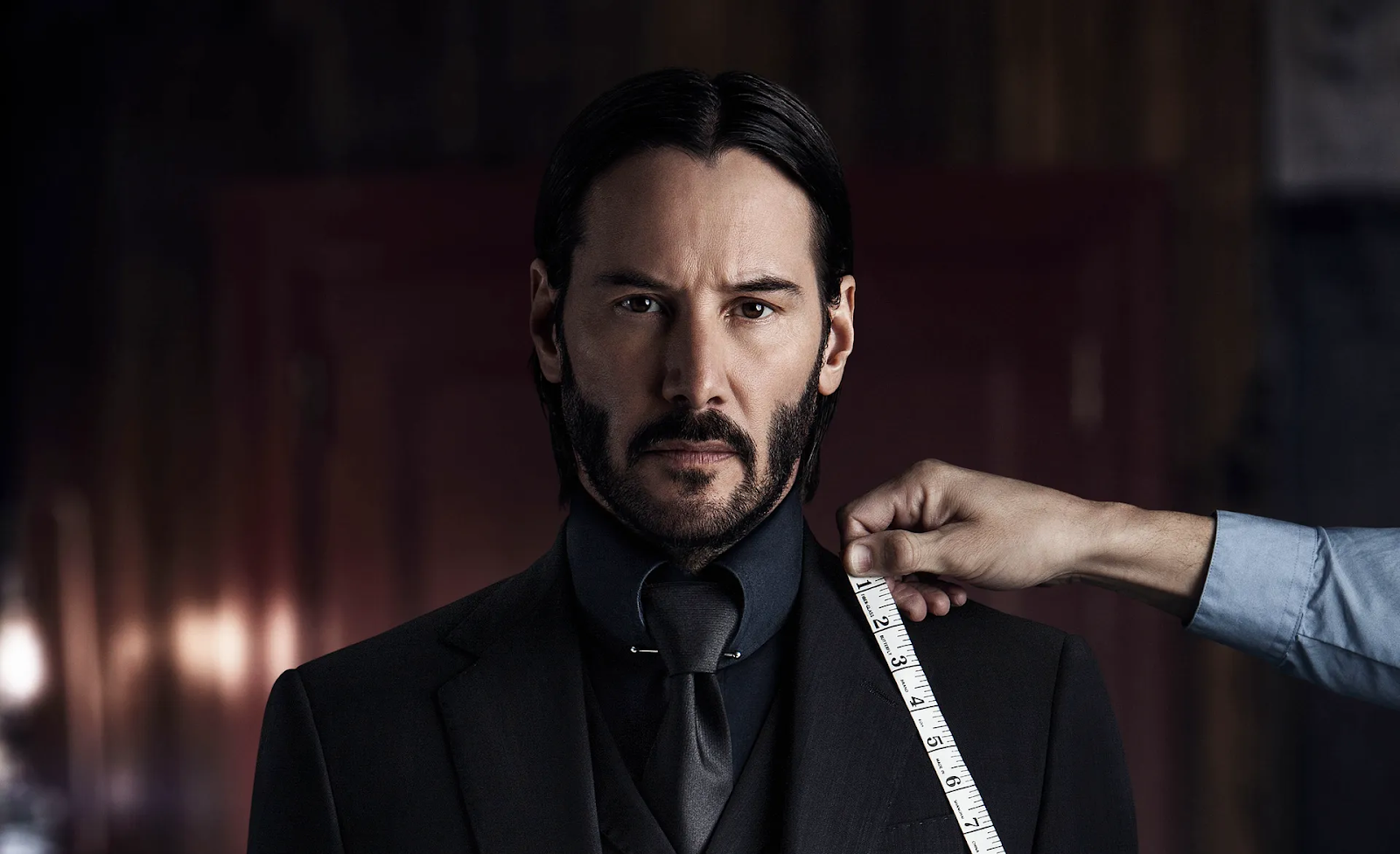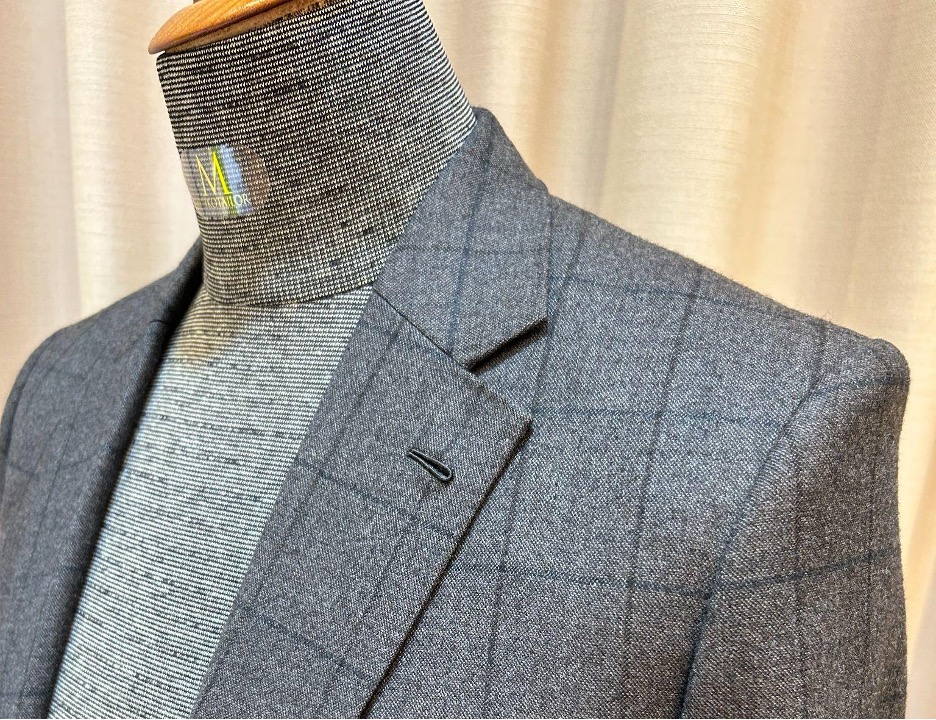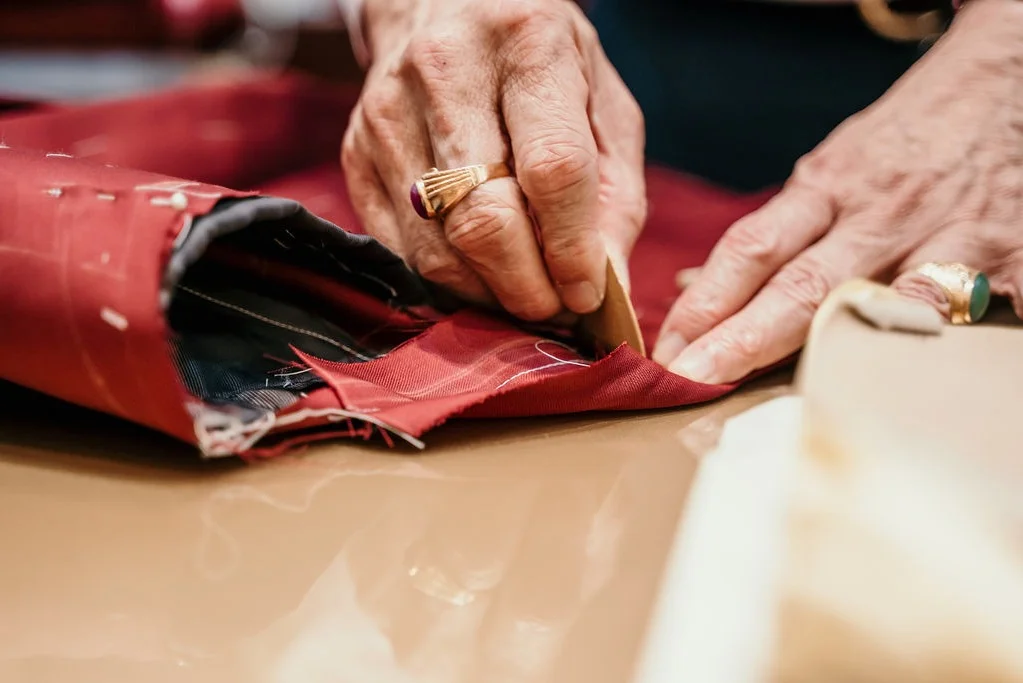
You’re in a thrift store and come across a vintage suit that you adore, but the shoulders are too wide. Should you purchase it? In situations like these, whether your tailor can complete the necessary suit or garment alterations to make the item fit you well is the difference between getting a steal or wasting your money. Let’s look at Part 2 of this two-part article series:
6. Altering the lapels
If you have a single-breasted jacket that you adore but despise the peak lapels, it may be possible to convert them to notch lapels if there is enough fabric. Peak lapels are typically larger and wider, so the possibility is high unless you start with an anaemic peak lapel. The opposite operation, however, is not possible because a notch lapel is smaller to begin with and lacks the additional ‘point’. If you want your new notch lapel to be narrower, the underlying canvas will almost certainly need to be cut and reshaped, but if the width remains constant, less work is required.
The lapel buttonhole will almost always cause problems because it is supposed to run parallel to the top edge of the lapel, which points upward in a peak lapel and downward in a notch; the buttonhole will also be in a different location. If this doesn’t bother you, it’s something you can look into. However, if you’ve gone this far to perfect a jacket, the imperfect buttonhole angle will almost certainly irritate you. Keeping this in mind, the only real change recommended for a lapel is the addition of a hidden boutonniere loop to the underside. This will keep your boutonniere flower’s ‘stem’ in place. Of course, you can do this at home as well. Verdict: Not likely.
7. Shortening the jacket
While lengthening a jacket is impossible due to a lack of fabric, shortening from the bottom is possible as long as the length is only reduced by a small amount. However, if you have the length too short, the flap pockets and bottom button will be far too close to the bottom, which will look even worse than buttons that are too close to the sleeve edge. It certainly will look oddly strange if your jacket comes with patch pockets with too short a jacket length.
Verdict: Maybe
8. Altering the back vent openings
Nowadays, the majority of high-quality suits will come with a double vent opening at the back. If you own a single-vented suit or an Italian-style suit with no vents at all and would want to add a vent, it is not possible. A tailor cannot retrofit a center vent or double vents at the back to a closed vent jacket once the suit is completed as that creation of the vents is set at the onset of jacket drafting before it goes into construction.
Verdict: No
9. Adjustments on pants length and cuff
Following the general principle we started with, pant legs can be made shorter, but only to the extent of the hem material left at the bottom. Some branded off-the-rack trousers are sold unhemmed with excess fabric at the bottom so that you can bring to a tailor to adjust the length you desire. This extra material can also be turned into cuffs if desired, so this is another simple change, as is removing cuffs.
Verdict: Yes
10. Tapering of pants bottom width
Most men actually prefer a tapered fall of their trousers particularly from the knee to the bottom. Hence it is possible to narrow the bottom width of the pants if you find leg opening too wide at the bottom (an 8-inch opening looks best for most), it’s perfectly alright to have them taken in. In fact, tapering is one of the simplest modifications.
Verdict: Yes
11. Altering the waistline
Because it is widely recognised that waistlines vary in size, pants manufacturers usually do provide some allowance of material to enlarge the waistband and upper part of the seat from the waist toward your rear end. The exact amount varies depending on the size, but at least 1-2 inches can be found at the centre back seam.
The opposite can also be done, albeit to a lesser extent, at the rear. Anything more than 3 inches will throw off the balance of the trousers because the back pockets are so close together. All changes to the waistband should necessitate some alterations to the seat.
Verdict: Yes
Conclusion
When you examine the component of a suit, you will notice that there are numerous changes that are possible. Understanding the anatomy of a pair of pants or a tailored jacket will also help you understand what you can and cannot do. Examine the garments you own, look for allowances in the seams, wear again to feel the fit, comfort, and lastly weigh the above advice against your attachment to the piece before you send the suit in for alterations.
Got a suit that you want to get altered? Feel free to get in touch with us for a consultation!



